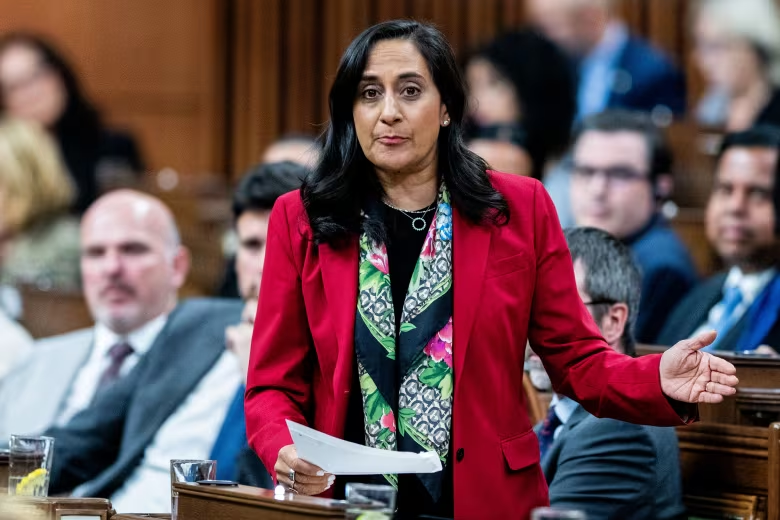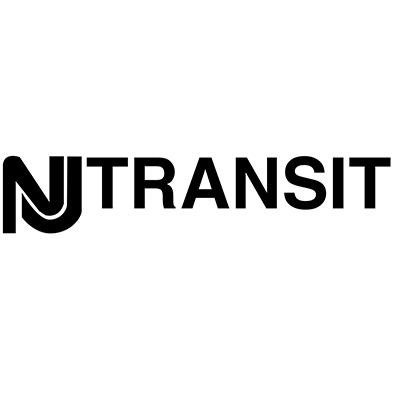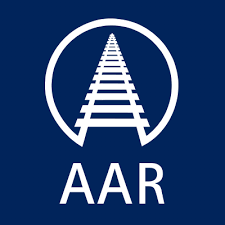The Trudeau government will announce plans for a high-speed train linking Quebec City and Toronto in the coming weeks, Radio-Canada has learned.
Proponents of the project hope the train will take passengers from Montreal to Toronto in three hours. By car, it takes about five-and-a-half hours to travel between the two cities.
Sources told Radio-Canada the train will travel 300 kilometres per hour — double the speed of Via Rail’s current trains.
Ottawa announced plans back in 2021 to build what it called a “high-frequency” (HFR) rail corridor with stops in Toronto, Peterborough, Ottawa, Montreal, Trois-Rivières, Laval and Quebec City. Sources told Radio-Canada the federal government has now decided the Toronto-Quebec City link will be high-speed.
The train would use a newly built, separate electrified track and run frequently. In addition to Quebec City, Montreal and Toronto, it would serve Trois-Rivières, Laval, Ottawa and Peterborough.
Sources told Radio-Canada the federal government has chosen a winning bidder out of three competing consortia and is expected to announce the news in the next few weeks.
A spokesperson for Transport Minister Anita Anand wouldn’t confirm the news because the contract has not been awarded. Finalizing the contract could take several more months.
“No contract has been awarded to a consortium for the rail project in the Quebec City-Toronto corridor,” the spokesperson said. “Our Liberal government has an ambitious, transformative plan for Canada’s future.”
At an economic conference in Toronto on Oct. 16, Anand said the federal government “is going ahead with one of three bids that we have now received for high-frequency, high-speed rail.
“Rail is going to improve productivity, it’s going to improve efficiency, it’s going to lower carbon emissions, and it’s going to allow for more housing to be built on these rail lines.”

The government selected three consortia to bid on a high-frequency rail project between Quebec City and Toronto. A source close to the file said the bidding consortia warned Ottawa that ridership would be lower with a high-frequency train than with a high-speed one, since customers are looking for the shortest possible trip.
In addition, VIA HFR Inc., the Crown corporation created in November 2022 to develop a rail corridor between Quebec City and the rest of Canada, is expected to change its name to refer to more than just high-frequency trains.
According to a government source, the consortia’s work demonstrated that the high-speed rail option was “much less expensive than originally anticipated.”
Transport Canada initially estimated that the cost of a high-speed rail link between the two cities could be as high as $80 billion.
The three consortia selected by the government are: Cadence, made up of CDPQ Infra, SNC-Lavalin, Systra Canada and Keolis Canada; Intercity Rail Developers, which includes EllisDon Capital, Kilmer Transportation, First Rail Holdings, Jacobs, Hatch, CIMA+, FirstGroup, RATP Dev Canada and Renfe Operadora; and QConnexiON Rail Partners, made up of Fengate, John Laing, Bechtel, WSP Canada and German Rail.
It’s not known which of the consortia won the tender. As the project office owns all the bids, it could use elements from each one in the final project. The project will be jointly developed by the federal government and the private consortium.
It’s expected to take four to five years to design the future high-speed line. Funds are to be allocated at the end of that time period, so it’s possible a future government could modify or cancel the project.
High-speed rail could pay for itself: expert
Pierre Barrieau, a lecturer in transportation planning at the Université de Montréal and consultant with the firm Gris Orange, said a high-speed rail link could help pay for itself by eliminating the need to build new highways and airports.
“We’re building a project like this for [the next] 150 years,” he said. “Canada deserved better than a high-frequency train.”
Barrieau said he also believes a high-frequency — but not high-speed — train would not have brought about “a transformation in mobility” and customer demand would have been too low.
He also said he wouldn’t be surprised if the project ends up costing $120 billion.
Paul Langan, founder of the advocacy group called High Speed Rail Canada, said he hopes the pending announcement means Canada is at “a turning point.”
“I think it’d be like the U.S.A., where once you finally get it somewhere, another corridor all of a sudden springs up,” Langan said. He suggested that a high-speed rail project between Edmonton and Calgary would likely be the next best option.
Countries with economies less developed than Canada’s already have high-speed trains. Turkey has the YHT and Poland the PKP, which can reach speeds of 250 km/h. Morocco’s Al Boraq peaks at 320 km/h. Indonesia has just inaugurated the Whoosh, which goes up to 350 km/h.
Brazil has a high-speed rail project underway and India is importing the Japanese Shinkansen model.


